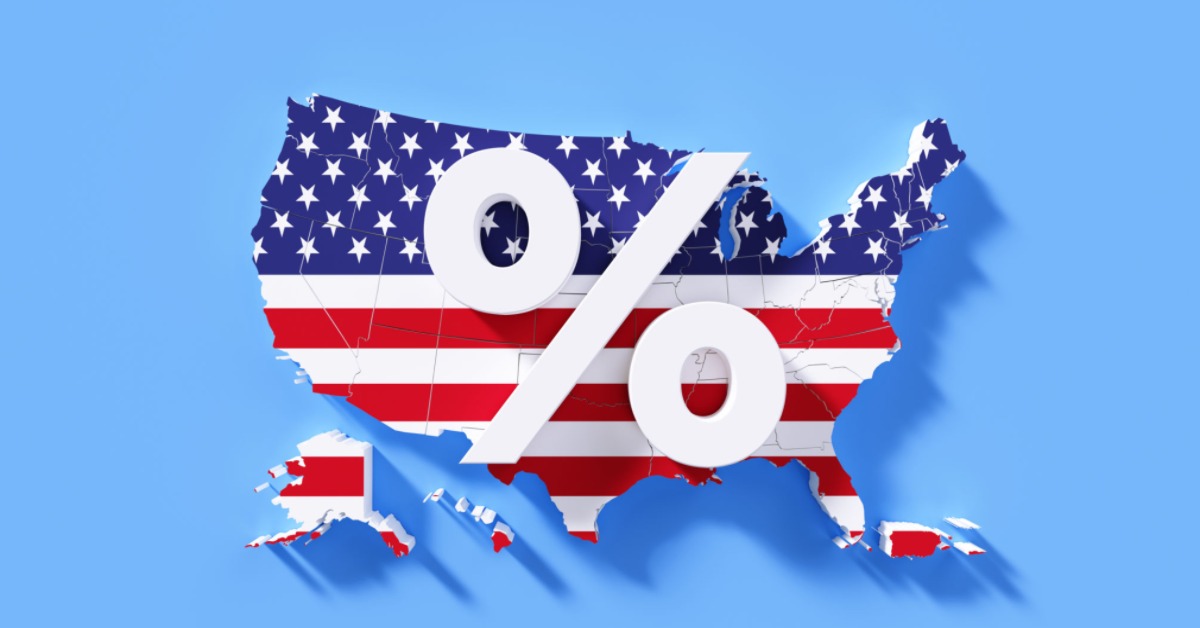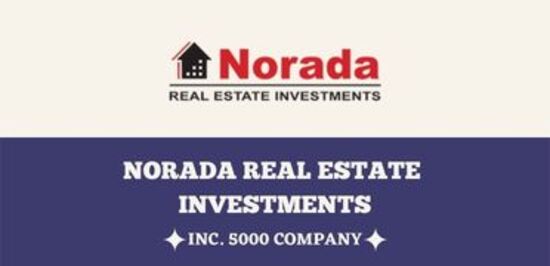If you're in the market to buy a home, you're probably wondering, “Which states have the lowest mortgage rates today?” As of July 10, 2025, the states boasting the cheapest 30-year new purchase mortgage rates are New York, California, Connecticut, New Jersey, Florida, Georgia, North Carolina, Oregon, and Pennsylvania. These states offer rates hovering between 6.56% and 6.79%.
Mortgage Rates Today: The States Offering Lowest Rates – July 10, 2025
The Great Rate Divide: Cheapest vs. Most Expensive
While some states are enjoying relatively lower rates, others are facing a steeper climb. On the flip side, according to Investopedia's report and Zillow's data, the states with the highest 30-year mortgage rates are Alaska, North Dakota, West Virginia, Iowa, Mississippi, New Mexico, Arkansas, South Dakota, Vermont, and Wyoming. Homebuyers in these states are looking at rates in the 6.90% to 6.97% range.
Why such a big difference? It's not just random chance. Several factors come into play, creating this geographical rate disparity.
Why the State-by-State Rate Variations?
Mortgage rates aren't set in stone; they fluctuate based on a variety of factors. One key component is where you live. Here's a breakdown of why rates differ from state to state:
- Lender Presence: Not all lenders operate in every state. States with more competition among lenders might see slightly lower rates as they vie for your business.
- Risk Management Strategies: Different lenders have their own ways of assessing risk, and this can influence the rates they offer.
- Credit Score Averages: States with higher average credit scores tend to see slightly lower rates overall.
- Average Loan Size: Believe it or not, the average loan size in a state can also impact rates. Larger loan amounts might be viewed differently by lenders.
- State Regulations: Each state has its own set of regulations governing the mortgage industry, which can indirectly affect rates.
Let me give you an example. Certain states, like California and New York, often have higher average home prices, leading to larger loan amounts. This can influence risk assessment by lenders, and consequently, rates.
National Mortgage Rate Snapshot: July 10, 2025
Even though state-specific rates vary, it's important to keep tabs on the national averages. As of today, July 10, 2025, here’s the national landscape:
| Loan Type | Interest Rate |
|---|---|
| 30-Year Fixed (New Purchase) | 6.83% |
| FHA 30-Year Fixed | 7.55% |
| 15-Year Fixed | 5.84% |
| Jumbo 30-Year Fixed | 6.83% |
| 5/6 ARM | 7.50% |
These numbers give you a benchmark. Remember, these are national averages. Your actual rate will depend on your specific financial situation.
Rate Movement: A Recent Dip After Days of Increase
There's been a little movement in the national average. After climbing for four straight days, the average 30-year new purchase mortgage rate dipped slightly today, dropping 4 basis points to 6.83%. While it's a small step, it's a welcome change.
To put things in perspective, rates are better than in mid-May when they hit a one-year high of 7.15%. However, they are still higher than back in March, when we saw a yearly low average of 6.50%. So, the market is constantly changing.
Decoding Mortgage Jargon
Before diving deeper, let's quickly define some key terms:
- APR (Annual Percentage Rate): This is the total cost of your loan, including interest and fees, expressed as an annual rate.
- Fixed-Rate Mortgage: The interest rate stays the same for the entire loan term.
- ARM (Adjustable-Rate Mortgage): The interest rate is fixed for a period, and then adjusts periodically based on market conditions.
- Basis Point: A unit equal to 1/100th of 1%, used to denote changes in interest rates.
Factors influencing mortgage rates in H2 2025 : The Fed's Role and More
So, what affects these fluctuating mortgage rates? It’s a tangled web of economic influences, but here are a few key drivers:
- The Bond Market: Mortgage rates often follow the yields on 10-year Treasury bonds. When bond yields rise, mortgage rates tend to follow suit.
- Federal Reserve (The Fed): The Fed's monetary policy can have a significant impact. Actions like buying bonds or adjusting the federal funds rate (the rate banks charge each other for overnight lending) influence borrowing costs.
- Inflation: Persistent high inflation erodes purchasing power and generally leads to higher interest rates.
- Economic Growth: A strong, expanding economy can push interest rates upward as demand for credit increases.
- Competition: The level of competition among lenders and across different loan types also plays a role.
The Fed's Ongoing Influence:
The Federal Reserve continues to hold significant sway over mortgage rates through its monetary policy. Even as the economic climate shifts from the conditions of pandemic-era stimulus, the Fed still plays a critical role through various measures:
- Recent Fed Actions and Rate Trajectory: The Fed cut rates three times in late 2024 bringing the federal funds rate within the target of 4.25%–4.5%. This rate remained constant in June 2025.
- 2025 Outlook: The Fed plans indicate two rate cuts in 2025. While certain officials advocate for commencing cuts as early as July 2025, others express inclinations towards waiting till September or later.
Key Influences on Fed Policy
- Tariffs and Inflation: According to Fed Chair Jerome Powell, Trump’s tariffs are expected to cause “meaningful” inflation.
- Economic Slowdown: GDP growth is projected at 1.4% for 2025. Weak consumer spending and cooling labor markets could lead to cuts later this year.
- Political Pressure: President Trump has often criticized Powell, asking for robust cuts to bring down government debt costs. Yet the Fed has strongly emphasized data dependence.
What's Next? : The Fed’s subsequent meeting on July 30, 2025 is likely to result in a hold.
Snagging the Best Rate: Tips from My Experience
Okay, so you know which states have the lowest rates and understand the factors influencing them. Now, let's talk about how to improve your odds of securing the best possible rate:
- Shop Around: This is THE most important tip. Don't settle for the first offer you receive. Get quotes from multiple lenders—banks, credit unions, and online mortgage companies.
- Improve Your Credit: A higher credit score translates to a lower interest rate. Check your credit report for any errors and work on paying down debt.
- Save for a Larger Down Payment: A bigger down payment reduces the lender's risk, often resulting in a better rate. It also eliminates or reduces the cost of private mortgage insurance (PMI).
- Consider a Shorter Loan Term: A 15-year mortgage typically comes with a lower interest rate than a 30-year mortgage, although your monthly payments will be higher.
- Negotiate: Don't be afraid to negotiate with lenders. If you have a competing offer, let them know. They might be willing to lower their rate to win your business.
- Lock in Your Rate: Once you find a rate you like, lock it in. This protects you from potential rate increases while your loan is being processed. Rate locks usually last for 30 to 60 days.
I've seen countless people save significant money by simply comparison shopping and improving their credit scores. It takes some effort, but the payoff is well worth it.
Read More:
States With the Lowest Mortgage Rates on July 9, 2025
Are Mortgage Rates Expected to Go Down Soon: A Realistic Outlook
Understanding Advertised vs. Actual Rates
Beware of those tempting “teaser rates” you see advertised online. These are often cherry-picked to be the most attractive and may come with strings attached, like paying points upfront or requiring an ultra-high credit score.
The rate you actually secure will depend on your credit score, income, debt-to-income ratio, loan amount, and down payment.
Final Thoughts: Stay Informed and Be Proactive
The mortgage market is a dynamic place. Rates are constantly shifting, influenced by a complex interplay of economic factors. The key to success is staying informed, being proactive, and knowing your financial situation inside and out. And most importantly, work with a trusted mortgage professional who can guide you through the process.
Invest in Real Estate in the Top U.S. Markets
Investing in turnkey real estate can help you secure consistent returns with fluctuating mortgage rates.
Expand your portfolio confidently, even in a shifting interest rate environment.
Speak with our expert investment counselors (No Obligation):
(800) 611-3060
Also Read:
- Will Mortgage Rates Go Down in 2025: Morgan Stanley's Forecast
- Expect High Mortgage Rates Until 2026: Fannie Mae's 2-Year Forecast
- Mortgage Rate Predictions 2025 from 4 Leading Housing Experts
- Mortgage Rates Forecast for the Next 3 Years: 2025 to 2027
- 30-Year Mortgage Rate Forecast for the Next 5 Years
- 15-Year Mortgage Rate Forecast for the Next 5 Years
- Why Are Mortgage Rates Going Up in 2025: Will Rates Drop?
- Why Are Mortgage Rates So High and Predictions for 2025
- Will Mortgage Rates Ever Be 3% Again in the Future?
- Mortgage Rates Predictions for Next 2 Years
- Mortgage Rate Predictions for Next 5 Years
- Mortgage Rate Predictions: Why 2% and 3% Rates are Out of Reach
- How Lower Mortgage Rates Can Save You Thousands?
- How to Get a Low Mortgage Interest Rate?
- Will Mortgage Rates Ever Be 4% Again?



